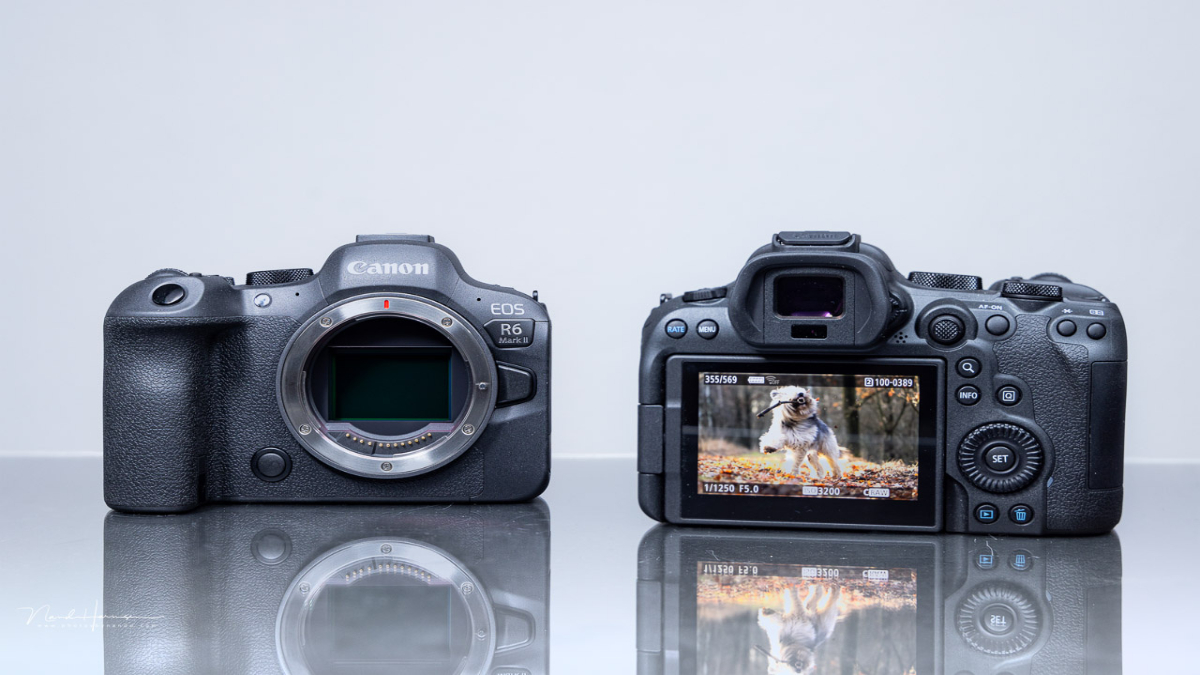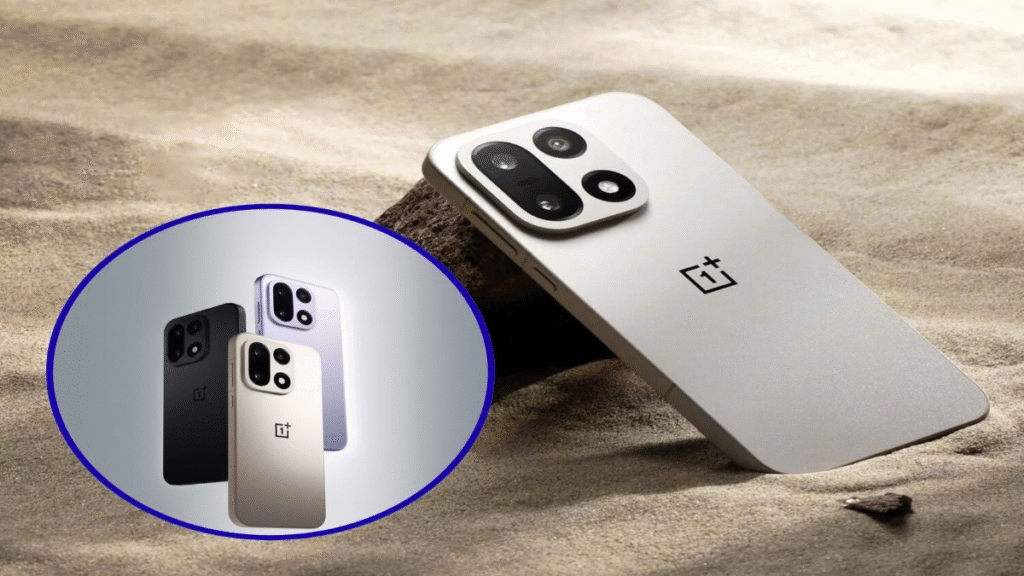Now Reading: Next Generation Hybrid: Canon EOS R6 Mark III vs. EOS R6 Mark II – Which is Better?
-
01
Next Generation Hybrid: Canon EOS R6 Mark III vs. EOS R6 Mark II – Which is Better?
Next Generation Hybrid: Canon EOS R6 Mark III vs. EOS R6 Mark II – Which is Better?

The full-frame mirrorless market is fiercely competitive, and Canon has continued its aggressive pace of innovation with the launch of the EOS R6 Mark III, a camera positioned to build upon the already stellar reputation of its predecessor, the EOS R6 Mark II. For hybrid shooters—those who demand uncompromising performance for both stills and video—the comparison between these two models is crucial.
While the Mark II was a significant step up from the original R6, the Mark III arrives with notable enhancements that solidify its position as a powerhouse for modern content creation. Here is a detailed breakdown of the key differences to determine which camera is the better investment.
The New Resolution Standard: Sensor and Image Quality
The most impactful change in the EOS R6 Mark III is its newly developed sensor.
- Canon EOS R6 Mark III: Features a 32.5-megapixel full-frame CMOS sensor. This represents a substantial jump in resolution, offering greater cropping potential and finer detail capture for landscape, studio, and commercial photographers.
- Canon EOS R6 Mark II: Utilizes a 24.2-megapixel full-frame CMOS sensor. While excellent for its class, particularly in low light, it yields less flexibility for large prints or heavy cropping compared to the Mark III.
For photographers primarily concerned with maximum detail and the ability to crop images without severe quality loss, the Mark III’s higher resolution is a clear advantage. However, the Mark II’s lower resolution sensor may retain a slight edge in extreme low-light performance and managing file sizes.
Speed, Buffer, and Autofocus Performance
Both cameras are speed demons, but the Mark III features key refinements inherited from Canon’s professional-tier bodies.
| Feature | Canon EOS R6 Mark II | Canon EOS R6 Mark III | Winner’s Edge |
| Electronic Shutter FPS | Up to 40 fps | Up to 40 fps | Tie (Excellent Speed) |
| Mechanical Shutter FPS | Up to 12 fps | Up to 12 fps | Tie (Solid Performance) |
| Buffer Depth | Dual UHS-II SD slots (Good buffer) | CFexpress Type B + UHS-II SD slots (Significantly deeper buffer) | Mark III (For Sports/Action) |
| Autofocus | Dual Pixel CMOS AF II (Excellent subject detection) | Refined Dual Pixel CMOS AF II (Improved algorithms, more subject types, Register People Priority) | Mark III (Superior Tracking) |
The Mark III’s inclusion of a CFexpress Type B card slot dramatically increases the camera’s buffer depth, making it a superior tool for professional action and wildlife photographers who shoot long bursts of high-resolution RAW files. Furthermore, the Mark III’s enhanced subject tracking—borrowing technology from flagship models like the R1 and R5 II—ensures a higher hit rate for challenging subjects like distant birds or fast vehicles.
A Videographer’s Dream: New Video Capabilities
The Canon EOS R6 Mark II set a high bar for video with its uncropped 4K 60p, but the Mark III pushes the envelope further for filmmakers.
- Canon EOS R6 Mark III: Offers oversampled 4K 60p derived from a 7K sensor readout, promising exceptional video quality and reduced artifacts. It also introduces Open Gate recording (using the full sensor area), which is a massive win for creators needing maximum flexibility for multiple aspect ratios (e.g., vertical video for social media). It also adds 4K 120p and Full HD 180fps slow-motion options.
- Canon EOS R6 Mark II: Delivers excellent oversampled 4K 60p (from a 6K readout) and is already considered a strong video hybrid. It notably removed the 30-minute recording limit of its predecessor.
The Mark III’s Open Gate 7K readout and higher-frame-rate options make it the more future-proof and versatile video camera, especially for cinematographers and creators with diverse distribution needs.
Final Verdict: Which is Better?
The question of which camera is “better” depends heavily on the user’s priorities and budget.
Choose the Canon EOS R6 Mark III if:
- You require the highest possible image detail for professional printing or aggressive cropping (32.5MP vs. 24.2MP).
- Your work involves high-speed action, sports, or wildlife and you need the deeper buffer and faster clear times provided by the CFexpress Type B slot.
- You are a serious filmmaker who needs advanced features like Open Gate recording, superior oversampling, and 4K 120p for maximum flexibility in post-production.
- Your budget allows for a premium investment in the latest technology.
Choose the Canon EOS R6 Mark II if:
- You prioritize value and are looking for a camera that offers a flagship-level feature set at a lower price point.
- You primarily shoot in challenging low-light conditions where the 24.2MP sensor’s larger pixels offer a slight theoretical advantage in noise performance.
- You are a stills-focused shooter whose needs are perfectly met by 24.2MP, 40fps electronic shooting, and a superb autofocus system.
In summary, the Canon EOS R6 Mark III is undeniably the superior camera on paper, offering a compelling blend of higher resolution, faster buffer performance, and cutting-edge video features. It is a true next-generation hybrid powerhouse. However, the Canon EOS R6 Mark II remains an outstanding choice and represents exceptional value for a wide range of professionals and advanced enthusiasts, especially now that its price may see a drop following the Mark III’s release.










